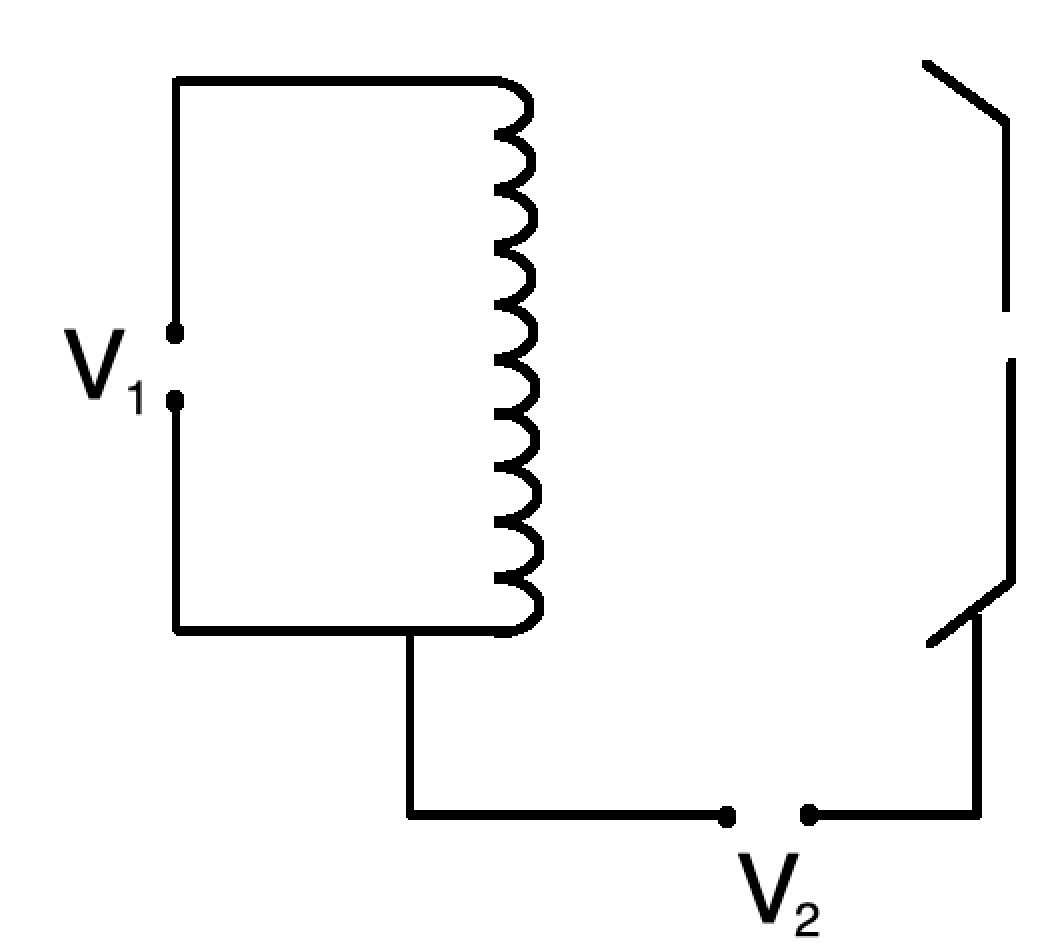To identify the onward path of a particle, we must know its position and momentum. We have two options to make such observations for electrons, both of which involve passing electrons through a narrow opening:
- To allow all electrons in a parallel beam to pass comfortably through a wide slit. We can be sure of the onward direction and momentum, but the range of positions is large and uncertain.
- To constrain the beam of electrons to within a narrow slit. For the electrons that happen to pass through the slit, we can be sure of their position, but the consequential diffraction effect makes certainty of the path (and, hence, momentum) impossible.
The Heisenberg uncertainty principle describes the inherent impossibility of measuring both momentum and position with certainty as an equation:
\(\Delta p \Delta x \geq{h\over 4\pi}\)
- \(\Delta p\) is uncertainty in momentum (kgms-1)
- \(\Delta x\) is uncertainty in position (m)
- \(h\) is Planck's constant (Js)
A similar relationship can be stated for energy and time:
\(\Delta E\Delta t\geq{h\over 4\pi}\)
- \(\Delta E\) is uncertainty in energy (J)
- \(\Delta t\) is uncertainty in time (s)
We can use the uncertainty principle to estimate the energy of the ground state of an atom, the impossibility of an electron existing within a nucleus, and the lifetime of an electron in an excited energy state. In each case we need to assume that an uncertainty is a similar size to a quantity.
Ground state
The ground state of a hydrogen atom sees the electron in the lowest energy level (\(n=1\)). Substituting the radius of the first energy level (\(0.529 \text{ }Å=0.529\times 10^{-10} \text{ m}\)) as \(\Delta x\), we can find \(\Delta p\):
\(\Delta p \Delta x \geq{h\over 4\pi}\)
\(\Delta p\geq{6.63\times10^{-34}\over 4\pi 0.529\times10^{-10}}\)
\(\Delta p\geq10^{-24}\text{ kg ms}^{-1}\)
Since the ground state has no angular momentum, all momentum is linear. Therefore, we can convert this into kinetic energy:
\(E_k={1\over 2}mv^2={1\over 2}{p^2\over m}\)
\(E_k={1\over 2}{(10^{-24})^2\over 9.11\times 10^{-31}}\approx5\times 10^{-19}\text{ J}\approx3\text{ eV}\)
Note that the electron also has potential energy, but this order of magnitude is accurate.
Electron in the nucleus
To consider the probability of an electron existing in the nucleus, we need to substitute the radius of the nucleus as \(\Delta x\) to find \(\Delta p\). In the case of hydrogren, the nucleon number is 1 (Nuclear radius) , so \(R_0\) is substituted:
\(\Delta p \Delta x \geq{h\over 4\pi}\)
\(\Delta p\geq{6.63\times10^{-34}\over 4\pi 1.2\times10^{-15}}\)
\(\Delta p\geq4.4\times 10^{-20}\text{ kg ms}^{-1}\)
Now estimating the consequential velocity of the electron reveals the impossibility of this position:
\(v={p\over m}\)
\(v={4.4\times 10^{-20}\over 9.11\times 10^{-31}}\approx 5\times 10^{10}\text{ ms}^{-1}\)
The order of magnitude of the velocity is larger than the speed of light.
An atom will not collapse for the same reason; the electron would be confined into too small a space.
Excited energy states
To find the lifetime of an electron in a particular energy state, we use the second of the above Heisenberg uncertainty principle inequalities. For example, let us consider the ground state:
\(\Delta E\Delta t\geq{h\over 4\pi}\)
\(\Delta t\geq{6.63\times 10^{-34}\over 4\pi(13.6\times 1.6\times 10^{-19})}\)
\(\Delta t\geq2.4\times 10^{-17}\text{ s}\)
As the energy state increases, the likely time decreases. An electron could remain in the ground state forever, but this calculation provides an illustration of how you might estimate the times for other energy states.
 The evidence from the photoelectric effect, Compton scattering and pair production that electromagnetic radiation can have quantum properties indicates that matter may have wave properties. Here we will consider this possibility.
The evidence from the photoelectric effect, Compton scattering and pair production that electromagnetic radiation can have quantum properties indicates that matter may have wave properties. Here we will consider this possibility.


 Twitter
Twitter  Facebook
Facebook  LinkedIn
LinkedIn